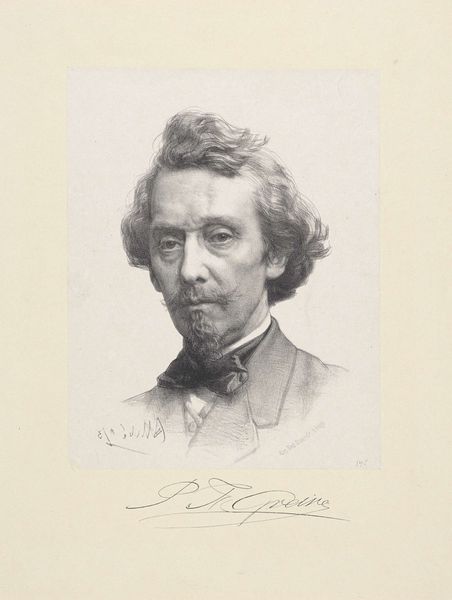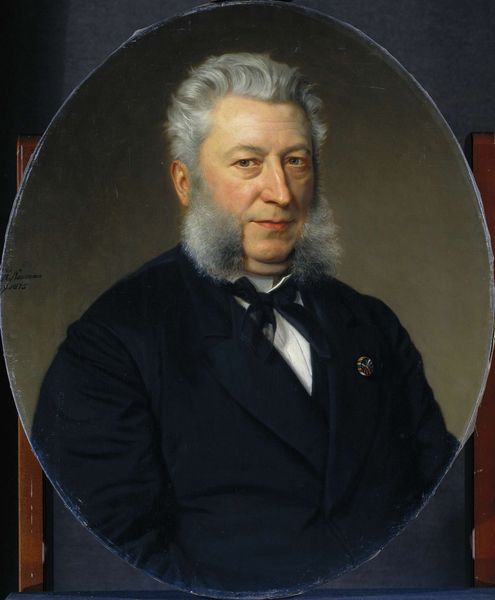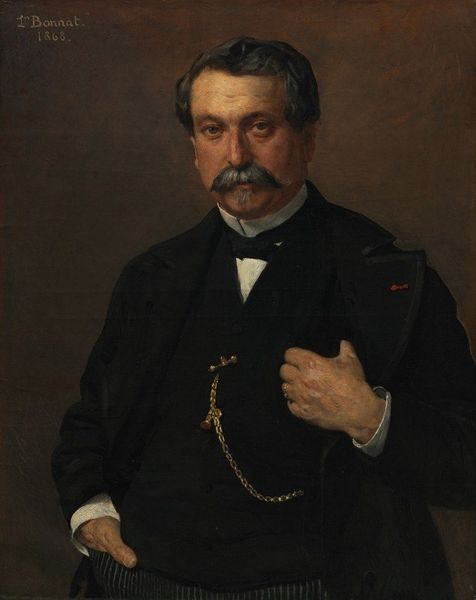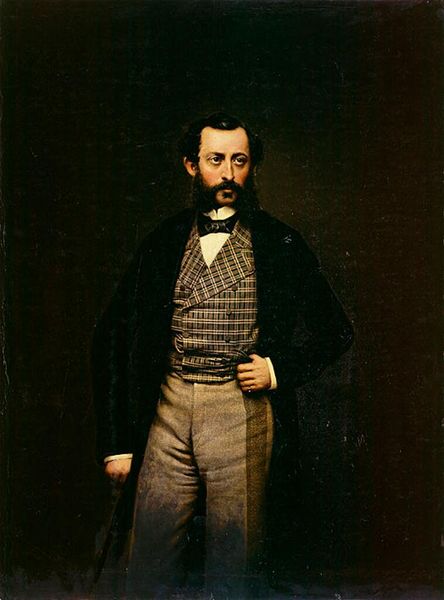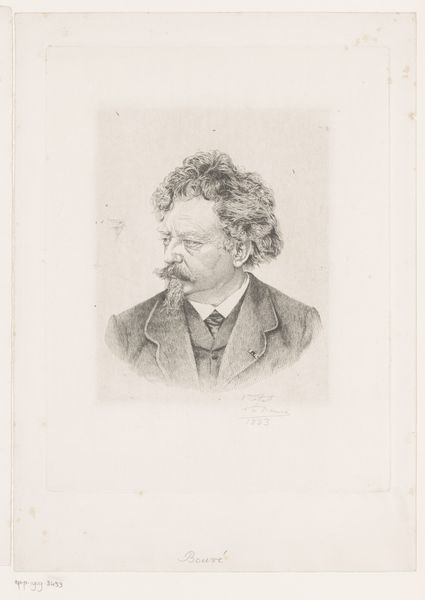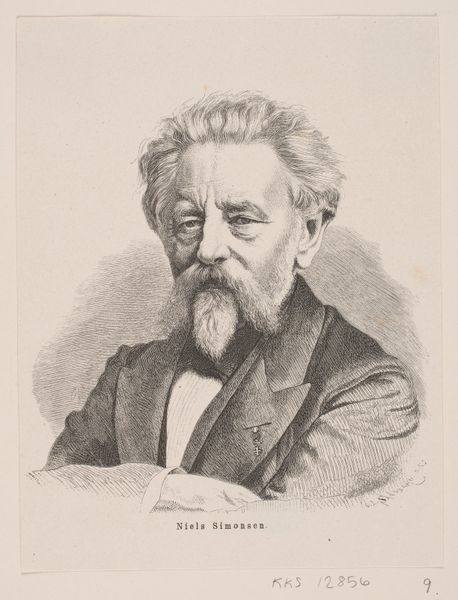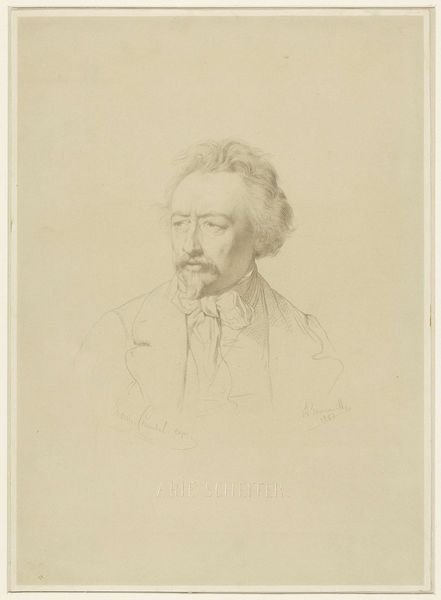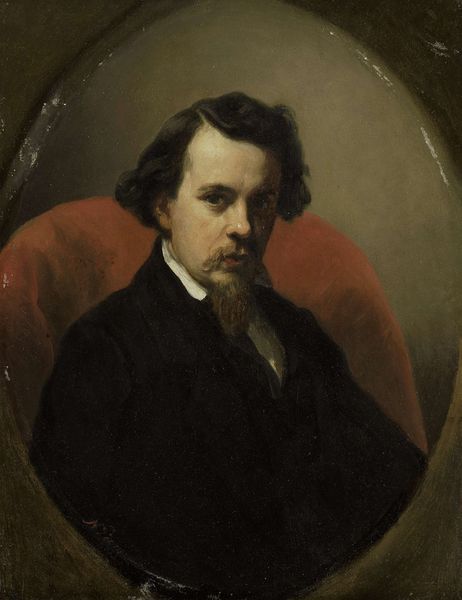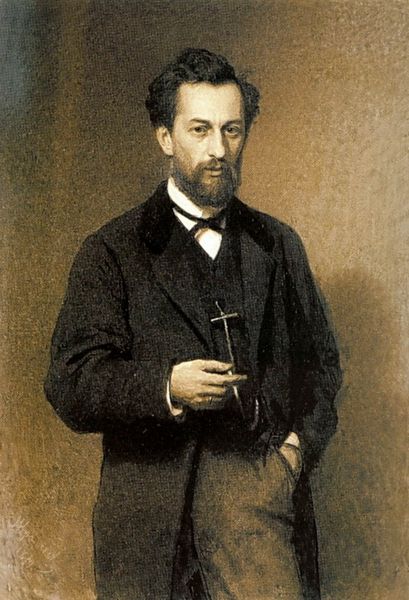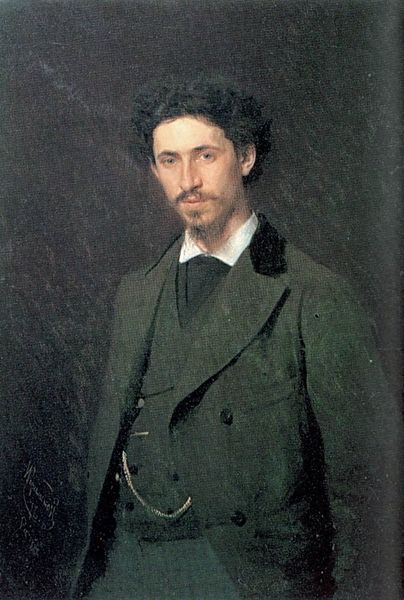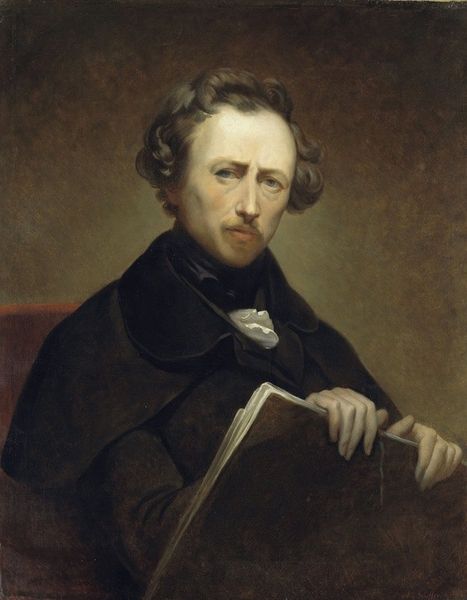
#
portrait
#
character portrait
#
portrait reference
#
portrait head and shoulder
#
animal portrait
#
animal drawing portrait
#
portrait drawing
#
facial portrait
#
portrait art
#
fine art portrait
#
celebrity portrait
Dimensions: height 14.3 cm, width 11.7 cm, depth 6.5 cm
Copyright: Rijks Museum: Open Domain
Curator: Welcome. Here we see a painting simply titled "Petrus Franciscus Greive (1811-72), Painter," dating roughly between 1870 and 1895. Editor: Immediately, the restrained palette strikes me. Browns and blacks dominate, yet the face retains a luminosity. One immediately wonders about the circumstances of its creation, no? Curator: Indeed. The artist's use of chiaroscuro is significant. Observe how the light models the subject's face, drawing our attention to his expression. The tight, almost claustrophobic oval frame further focuses our gaze. Editor: That oval and those earth tones! I want to know the history of that pigment. Were they local materials, impacting artistic choices? Was this destined for someone specific or created for a specific audience? Also, there’s a stark contrast between the artist's carefully rendered face and the almost rushed quality of his attire. Curator: I concur, the contrast is noteworthy. Could it represent the artist's internal world versus his public persona? Or is the rough execution of attire and surrounding background a method to prioritize the gaze and emotion that's coming through his eyes? Editor: Perhaps. Though let's not disregard the societal constraints affecting artistic labor. How readily available were materials, studio space, and patronage? This affects everything, even portraits like these, no matter how “internal” the artist tries to depict them. Curator: Granted, materiality influences production. Yet, the subtle gradations of tone, especially in rendering of light on his cheek, nose and brow reveal a dedication to mimetic precision beyond mere economic necessity. It invites a deep psychological reading. Editor: Precisely. His psychological intent can only be so effective while painting under social constraints and making sure there are economic and social ties strong enough to provide a setting for his artwork. Curator: Fair. It’s the convergence of intention and context. Editor: Exactly. It makes me reconsider everything from the scale to those colors. Curator: Ultimately, its power resides in this tension between aesthetic mastery and historical embeddedness. Editor: A captivating tension that enriches the encounter.
Comments
No comments
Be the first to comment and join the conversation on the ultimate creative platform.
